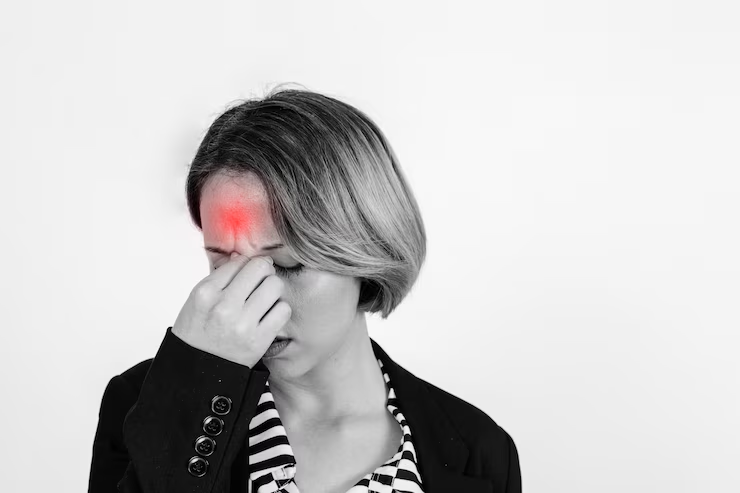
Understanding Headaches: Causes, Types, and Relief Strategies
Introduction
Headaches are one of the most common medical complaints. Whether it’s a dull ache, a sharp pain, or a persistent throbbing, nearly everyone experiences a headache at some point. While most headaches are harmless and short-lived, frequent or severe headaches can interfere with daily life and may be a sign of an underlying health issue. In this blog, we’ll explore the different types of headaches, their causes, and how to find relief.
Types of Headaches
- Tension Headaches
- Description: The most common type. Feels like a tight band around the forehead.
- Causes: Stress, poor posture, eye strain, fatigue.
- Relief: Over-the-counter (OTC) pain relievers, rest, hydration, and relaxation techniques.
- Migraine Headaches
- Description: Intense, throbbing pain, often on one side of the head. May include nausea, visual disturbances (aura), and sensitivity to light or sound.
- Causes: Genetics, hormonal changes, certain foods or drinks, stress, and lack of sleep.
- Relief: Prescription medications, avoiding known triggers, lifestyle changes, and stress management.
- Cluster Headaches
- Description: Severe pain around one eye, occurring in groups or “clusters” over weeks or months.
- Causes: Exact cause unknown, but linked to the hypothalamus. Often triggered by alcohol or smoking.
- Relief: Fast-acting treatments like oxygen therapy or triptans; prevention through medications.
- Sinus Headaches
- Description: Pain in the forehead, cheeks, or bridge of the nose, often with nasal congestion.
- Causes: Sinus infection or inflammation.
- Relief: Treating the underlying sinus issue, decongestants, and warm compresses.
When to See a Doctor
While most headaches are not serious, seek medical attention if you experience:
- Sudden, severe headaches
- Headaches after a head injury
- Frequent or worsening headaches
- Headaches with neurological symptoms (vision changes, confusion, weakness)
- Headaches accompanied by fever, stiff neck, or rash
Preventing Headaches
- Maintain a regular sleep schedule
- Stay hydrated
- Eat balanced meals and avoid trigger foods
- Limit caffeine and alcohol
- Manage stress through mindfulness, exercise, or therapy
- Take breaks from screens and ensure proper posture
Conclusion
Headaches can be a temporary nuisance or a chronic problem. Understanding the type of headache you’re experiencing is the first step toward effective treatment. If headaches are with your life, don’t hesitate to consult a healthcare professional. With the right strategies, most headaches can be managed or even prevented.
